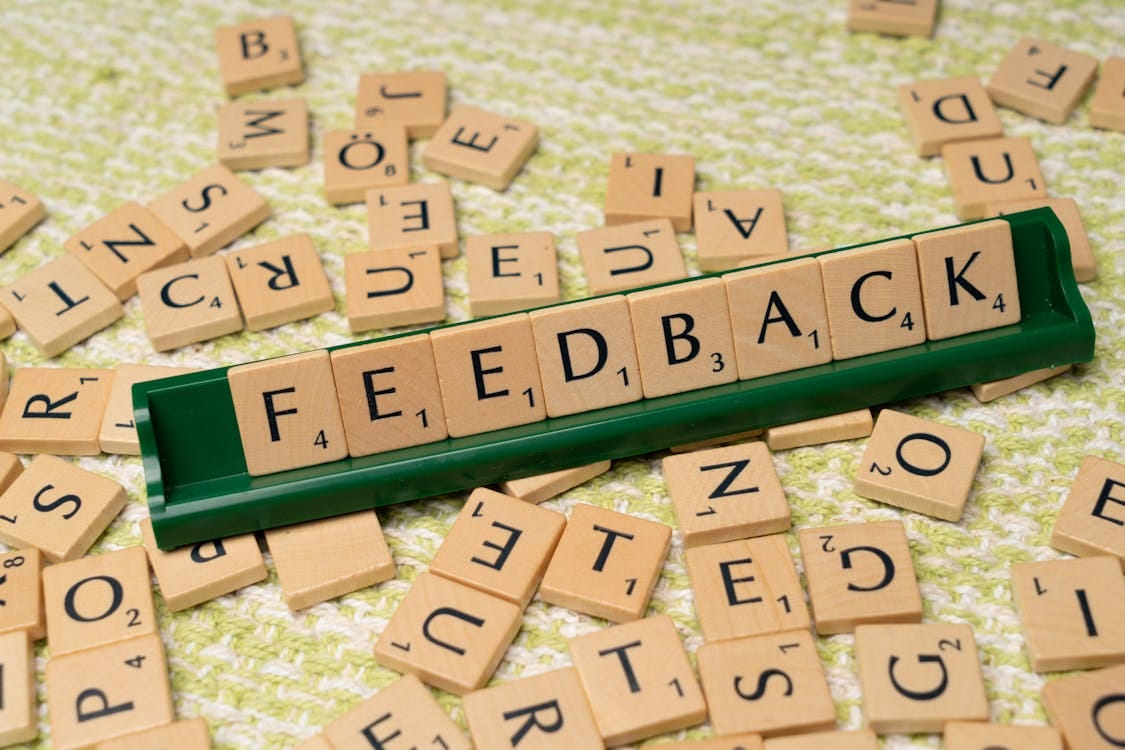Feedback on DEI Plans at My University
Plus a list of resources on what works - and what doesn't

Recently, staff at my university were invited to give feedback on the institution’s diversity, equity, and inclusion (DEI) plans. Below is a lightly edited version of the feedback I provided, followed by a list of resources on which interventions work (not many, unfortunately) and which don’t (most of them). I’ve also thrown in some quotes about DEI from earlier posts. Feel free to use any of this material to help navigate the DEI practices in your own workplace.
General Considerations
Inclusion, diversity, and equality are noble goals. But I hope we stick to well-evidenced strategies, and avoid the kinds of missteps we’ve seen on some American campuses. These include:
interventions that research shows don’t work and may even make things worse (e.g., mandatory diversity training, implicit bias training, and trigger warnings);
practices that may inadvertently encourage students to think in ways known to increase the risk of depression and anxiety (e.g., emotional reasoning, mind reading, discounting positives, overgeneralizing, and catastrophizing);
a political worldview that many consider extreme and divisive (e.g., seeing demographic groups as either oppressors or oppressed; claims that reason and science are White, male ways of knowing, rather than useful tools developed by men and women all over the world and potentially available to everyone).
Blind Evaluation of CVs
One proposal that I think is very reasonable is gender-blind and ethnicity-blind initial screening of CVs during the hiring process. This is a relatively low-cost intervention. And unlike some more heavy-handed approaches, it automatically guards against bias in every direction - e.g., not just bias against female applicants, but also bias against males, which the research shows sometimes happens (see here and here).
DEI and Promotions
Another proposal is to use DEI contributions in promotion decisions. It seems like a good idea to me to include such contributions as one possible area in which to excel. I’m not convinced, however, that it should be mandatory for all applicants to make major contributions in this domain, for several reasons.
First, there are many ways to have a positive impact on the university and the world, and I don’t think it’s reasonable for everyone to have to contribute in this particular way, any more than it would be reasonable for everyone to have to contribute to any other good cause. Everyone should think about DEI issues, of course, but not everyone should have to make them a central plank in their promotion portfolio.
The second reason is based on what I’ve read about the requirement in some U.S. universities to provide DEI statements in job applications. Many have pointed out that this functions as a political litmus test, and that it selects for people committed to one very specific, contested brand of progressive politics - or people willing and able to feign such a commitment.
Admittedly, this is in the U.S., where DEI seems to be more politicized and extreme. But seeing the damage this kind of thing has done there - making universities even more politically homogeneous than they already were; reducing public trust in universities - I just thought I’d flag it as a possible landmine to avoid.
References
Here are some resources I’ve found useful for evaluating DEI practices - what works, what doesn’t, and what might even cause harm.
Diversity Training
User-Friendly Summaries
Most anti-bias interventions haven’t been tested, and of those that have, many don’t work and some backfire, increasing bias rather than reducing it. [Link.]
Mandatory training is particularly likely to backfire. As Alexandra Kalev observed, “A company is better off doing nothing than mandatory diversity training.” [Link.]
Academic Publications
“[H]undreds of studies dating back to the 1930s suggest that antibias training does not reduce bias, alter behavior or change the workplace.” [Link.]
Expert review: Prejudice-reduction interventions have little or no effect after correcting for publication bias. [Link.]
“Implementation of DT [diversity training] has clearly outpaced the available evidence that such programs are effective... [M]any studies reveal the potential for adverse effects following DT.” [Link.]
The concept of “White privilege” decreases sympathy for disadvantaged White people but doesn’t increase sympathy for disadvantaged Black people. [Link.]
Implicit Bias Training
User-Friendly Summaries
An overview of the case against implicit bias training. [Link.]
Even Anthony Greenwald, co-creator of the Implicit Association Test (IAT), agrees that implicit bias training is ineffective: “There’s no evidence that anything like that works. Those cures are of the snake oil variety.” [Link.]
Academic Publications
Tests of implicit bias (like the IAT) have low test-retest reliability: People typically get different scores each time they take the test. [Link.]
Implicit bias doesn’t predict discriminatory behavior. [Link.]
Though implicit bias interventions may change people’s implicit biases to some degree – or do so, at least, in the short-term – the effects of such changes on behavior are trivially small or non-existent, even in the immediate wake of the intervention. [Link.]
Trigger Warnings
User-Friendly Summaries
10 Arguments Against Trigger Warnings. [Link.]
The Data Is In: Trigger Warnings Don’t Work. [Link.]
Payton Jones: “From a clinical lens, you should never do anything that doesn’t work, period, even if it doesn’t do harm. If it’s not actively helping, encouraging its use would essentially be engaging in clinical pseudoscience.” [Link.]
Academic Publications
Study: Trigger warnings don’t help trauma victims, and may even cause harm, by reinforcing victims’ belief that their trauma is central to their identity. [Link.]
Meta-analysis: Trigger warnings don’t help people to emotionally prepare for distressing material or to avoid it – the two things they’re intended to do. Their main effect seems to be to increase people’s anxiety about encountering the material. [Link.]
Practices That Inadvertently Undermine Students’ Mental Health and Education
User-Friendly Summary
The Coddling of the American Mind (article in The Atlantic). [Link.]
Academic Publications
Empirical research on the negative effects of coddling. [Link.]
Jonathan Haidt on microaggressions: “It’s bad enough to make the most fragile and anxious students quicker to take offense and more self-certain and self-righteous. But what would happen if you took a whole campus of diverse students, who arrive from all over the world with very different values and habits, and you train all of them to react with pain and anger to ever-smaller specks that they learn to see in each other’s eyes?” [Link.]
Men, Women, and STEM
I’ve written several academic papers with my colleague Lewis Halsey discussing issues related to DEI.
Stewart-Williams, S., & Halsey, L. G. (2021). Men, women and STEM: Why the differences and what should be done? European Journal of Personality, 35, 3-39. https://doi.org/10.1177/0890207020962326 [Free version]
Stewart-Williams, S., & Halsey, L. G. (2022). Not biology or culture alone: Response to El-Hout et al. (2021). European Journal of Personality, 36, 991–996. https://doi.org/10.1177/08902070211022477 [Free version]
What Works
The Brauer Group Lab at the University of Wisconsin-Madison has put together an online resource summarizing evidence on which diversity-and-inclusion measures work and which don’t. You can check it out here.
A promising intervention: Social norm-based initiatives. [Link.]
“Diversity Training” Doesn’t Work. This Might. [Link.]
Quotes on DEI From Earlier Posts
Steven Pinker (source):
Many of the assaults on academic freedom (not to mention common sense) come from a burgeoning bureaucracy that calls itself Diversity, Equity, and Inclusion while enforcing a uniformity of opinion, a hierarchy of victim groups, and the exclusion of freethinkers…
An infamous example is the freshman training sessions that terrify students with warnings of all the ways they can be racist (such as asking, “Where are you from?”). Another is the mandatory diversity statements for job applicants, which purge the next generation of scholars of anyone who isn’t a woke ideologue or a skilled liar. And since overt bigotry is in fact rare in elite universities, bureaucrats whose job depends on rooting out instances of it are incentivized to hone their Rorschach skills to discern ever-more-subtle forms of “systemic” or “implicit” bias.
Universities should stanch the flood of DEI officials, expose their policies to the light of day, and repeal the ones that cannot be publicly justified.
Ora Hirsh Pescovitz et al. (source):
[C]onceptions of DEI that prioritize some identities over others end up promoting simplistic and sometimes harmful approaches to complex social problems. Such identity-based accounts of diversity attempt to divide people into binary categories of racist versus anti-racist, white versus non-white, oppressor versus oppressed or colonizer versus colonized, and they often assigned blame or victimhood depending on which side of the identity divide a person falls. History illustrates the horrors that can follow from this kind of moral scapegoating; antisemitism is the most obvious example…
Some DEI programming can promote ideological conformity by presenting contested concepts around identity and oppression as indisputable. This can cause people who question those narratives to be labeled as bigoted or insensitive, which contributes to self-censorship, conformity and exclusion. We should judge ideas by their merits and not by their proponent’s identity and status. To do otherwise would be to reason in an insular circle that is immune to outside evidence, and which sacrifices the academic mission of higher education.
Bryan Caplan (source):
[L]et me try to break through the woke academic echo chamber with some harsh truths. If you promote DEI for a living, the reality is that normal, apolitical people see you as a racist, sexist, censorious fanatic. They don’t say so publicly… because they are afraid of you. They don’t tell you privately… because they are afraid of you. But when they’re speaking to people they trust, they vehemently disagree with you.
Follow me on Twitter/X for more psychology, evolution, and science.
How You Can Support the Newsletter
If you’d like to support my newsletter - and support independent science writing - there are several ways you can do it.
Like and Restack - Click the buttons at the top or bottom of the page to boost the post’s visibility on Substack.
Share - Send the post to friends or share it on social media.
Upgrade to a Paid Subscription - A paid subscription will get you:
Full access to all new posts and the archive
Full access to exclusive content such as my “12 Things Everyone Should Know” posts, Linkfests, and other regular features
The ability to post comments and engage with the N3 Newsletter community.
If you could do any of the above, I’d really appreciate it. It’s the support of readers like you that makes this newsletter possible.
Thanks!
Steve
Further Reading From the Archive
Reforming DEI
Diversity, Equity, and Inclusion (DEI) initiatives have come under increasing fire in recent months, with critics charging that, although many of the goals of the movement are good, the specific ways in which they’re being pursued are often illiberal, counterproductive, and damaging to the pursuit of knowledge.
Quotas, Activist Scholarship, and Political Bias in Psychology
Social pressure to avoid sharing evidence against a particular claim undermines the confidence we can place in that claim, because it makes more likely the possibility that the (first-order) evidence that does make its way to us is a lopsided subset of the total. This has the perhaps tragic implication that we can typically be …
Where Did Wokeness Come From?
The entrepreneur and essayist Paul Graham has a fantastic new essay on the origins and evolution of wokeness. Below is my summary of the key points, along with a selection of excerpts. It’s only the bird’s-eye view, though, so I’d strongly encourage you to read the essay in full - almost every sentence is informative and…




